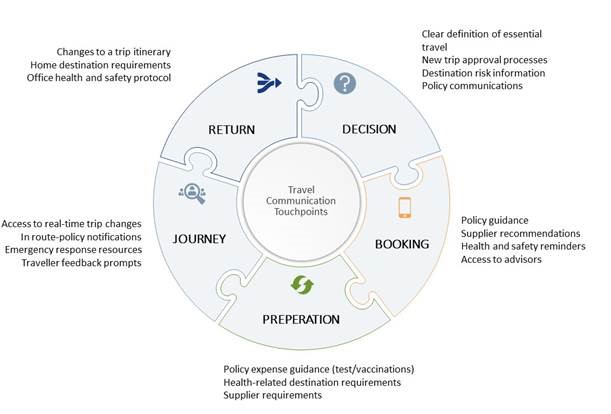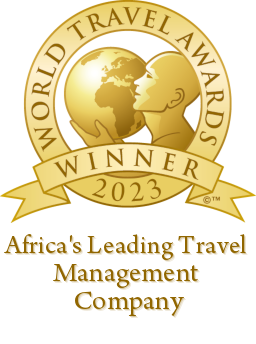You would think that in the era of the internet, wi-fi and mobile phones, staying in touch is easier than it’s ever been. The reality is that communicating with travellers in other countries still has its challenges. Add to this the unpredictable environment post-COVID-19 and travellers need more responsive support than ever before.
A recent BCD survey* asked what type of information travellers would like to receive as travel resumes; they rated three items as critical.
- Latest flight/hotel safety information
- Clear guidelines on travel requirements
- Notifications of travel policy changes
*Source: BCD Travel Research & Intelligence survey of 844 business travellers, February 2021.
CREATE A FRAMEWORK FOR TRAVEL COMMUNICATION
Communication challenges can be basic, such as not having up-to-date contact information for a traveller, or depending on what country they are in, you can face bigger issues. For example, governments worldwide have been known to temporarily shut down access to social media websites or messaging platforms in various situations. For this reason, you need to carefully assess the best strategy to provide timely and relevant updates on what matters most across multiple channels and devices. Consider what the primary communication avenue is for your business (e.g. e-mail, text message, online messaging app, phone) and consider what communication methods you will use if the primary option is not available. To alleviate travel concerns and support travellers, prepare and communicate at each stage of their journey.:

LEVERAGE COMMUNICATION CHANNELS
Being able to communicate with your travellers is critical, and they need to understand how you will do this. While 92% of travellers* prefer e-mail for communications from their travel departments, it’s vital to leverage various channels to share information at relevant times in the planning and trip cycle.
Corporate intranet – Travel should take a prominent position on the corporate intranet. Make it easy for employees to find travel information. Reference essential apps and trusted resources to ensure travellers stay up to date when they’re on the road.
Online booking tools – Place impactful, targeted messages throughout the booking process to keep travellers informed.
Mobile app – Mobile is one of the fastest and most effective ways to reach travellers. Use it to enable safety notifications, schedule policy messages and provide access to emergency numbers and security guidelines. Encourage the use of apps from safety and security partners such as ISOS and BCD Travel’s TripSource®.
Travel tracking technology – Traveller Tracking is an industry-standard that ensures duty of care and offers various functions, including emergency communication like “Flash alert” e-mails to travellers warning of incidents/events that could disrupt trips.
Ultimately regular communication is important so that travellers understand their options and can make the informed decisions. Precisely what your communication plan looks like and how you change it will vary from company to company. It would help if you have both a tactical and a transformational change plan, with people at the centre of this, to make the shift sustainable.




